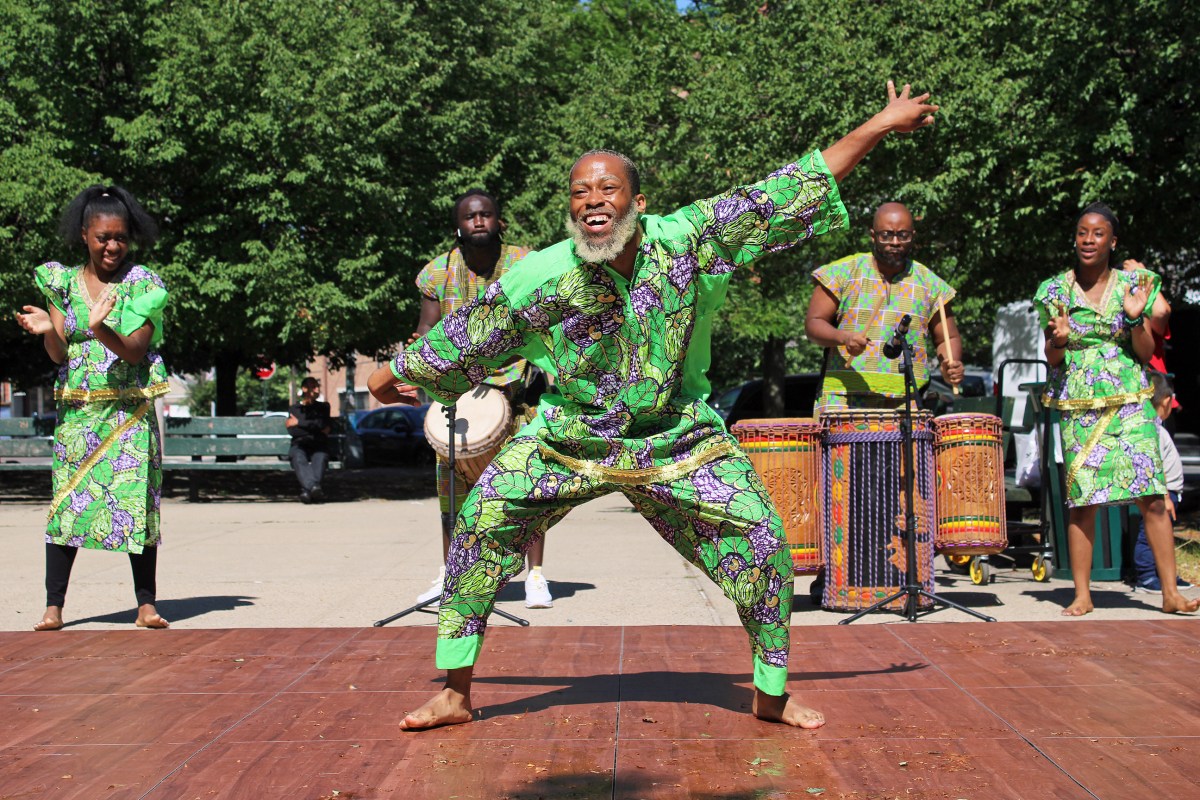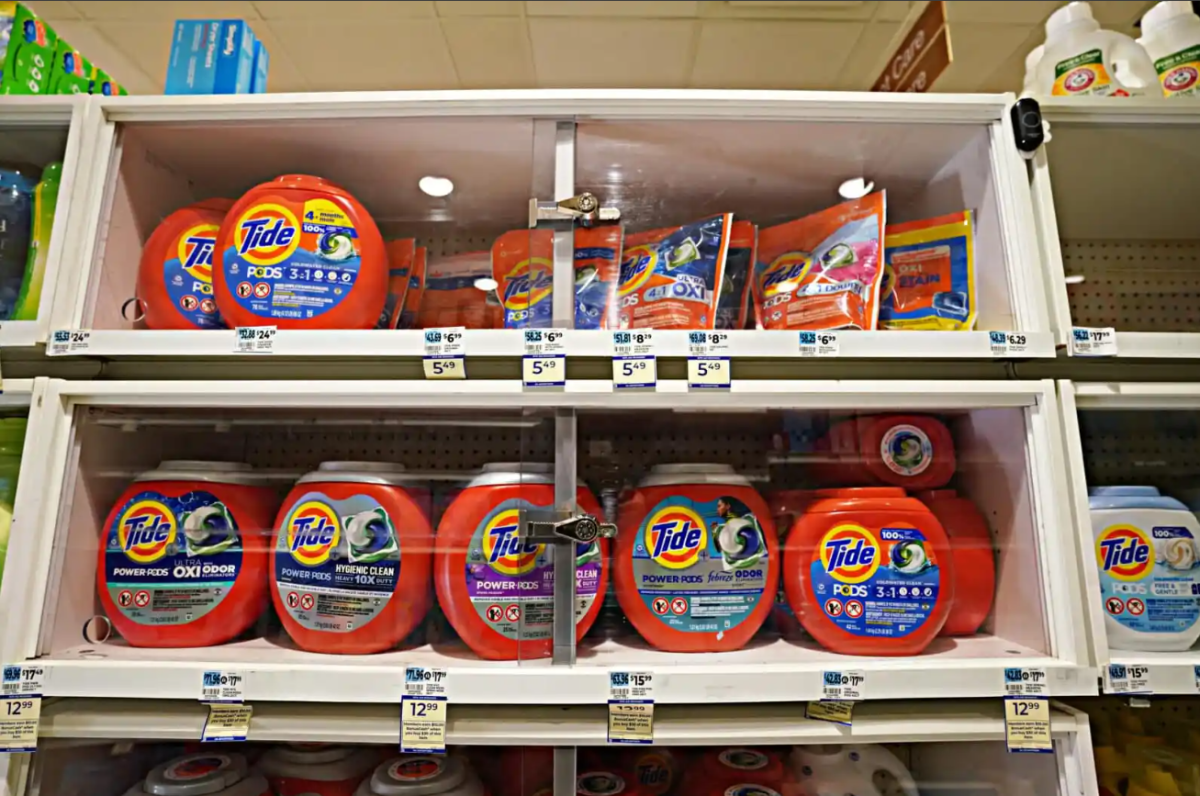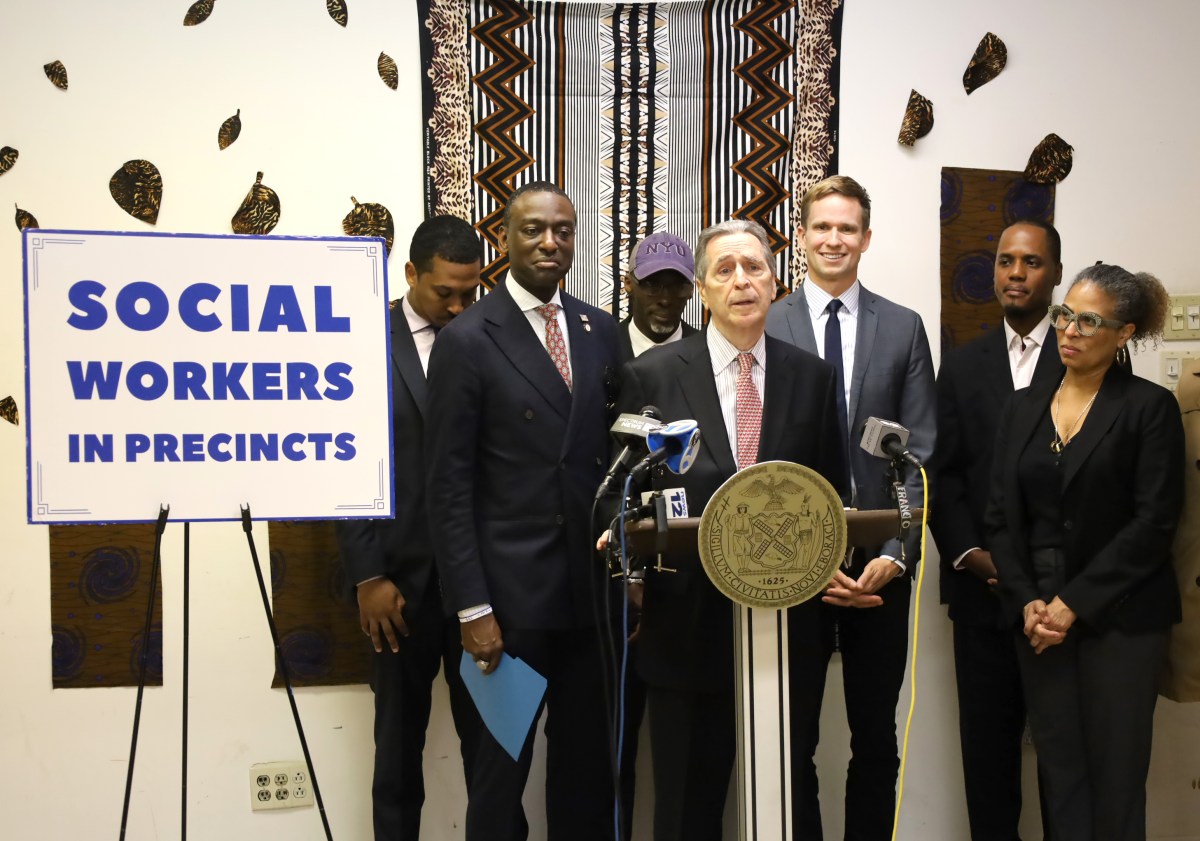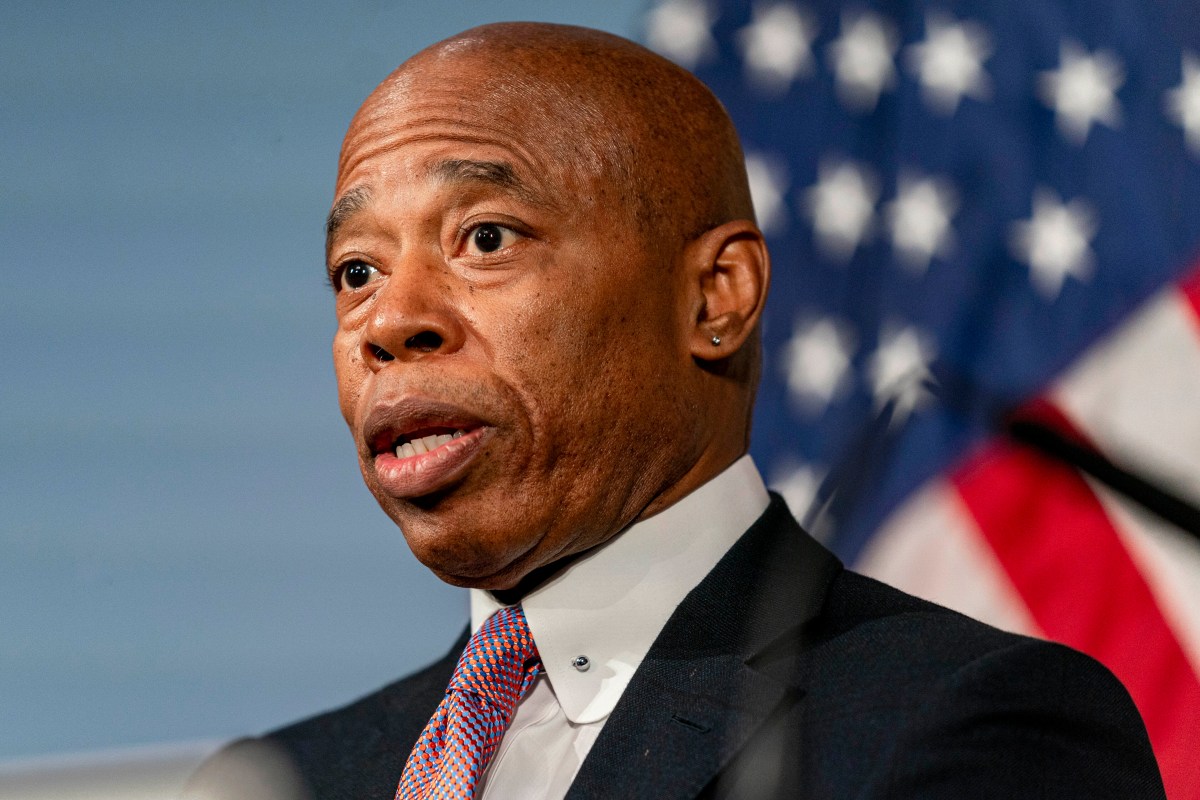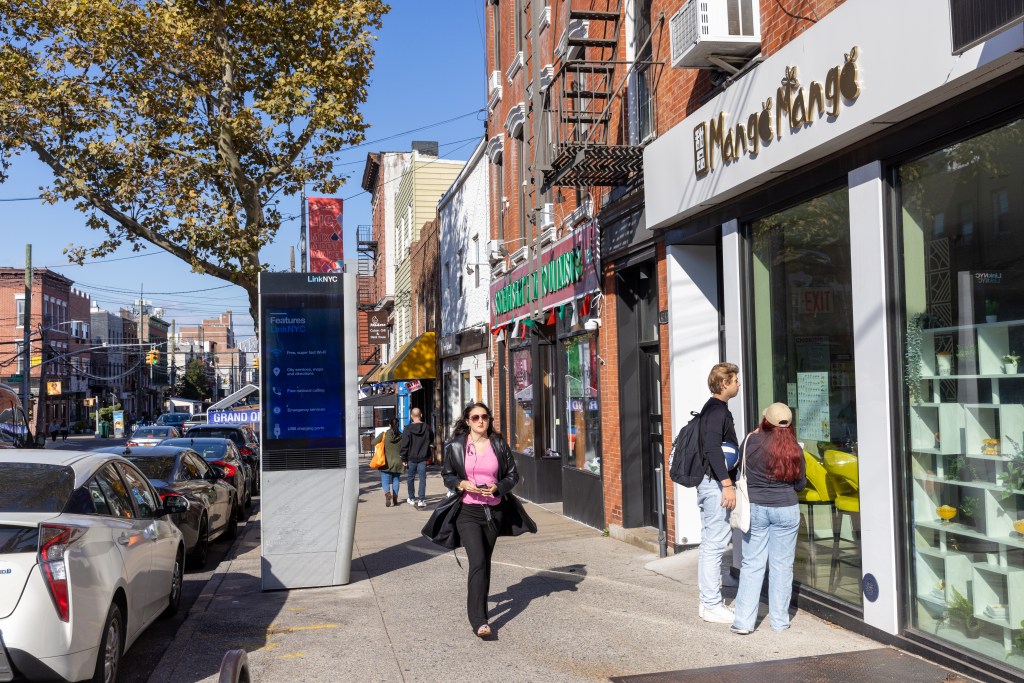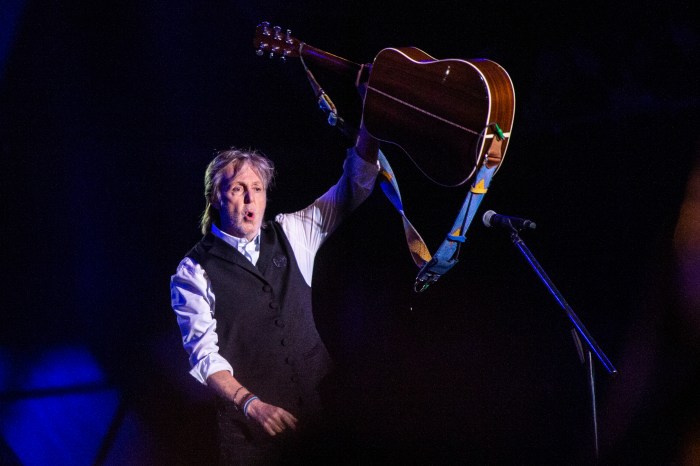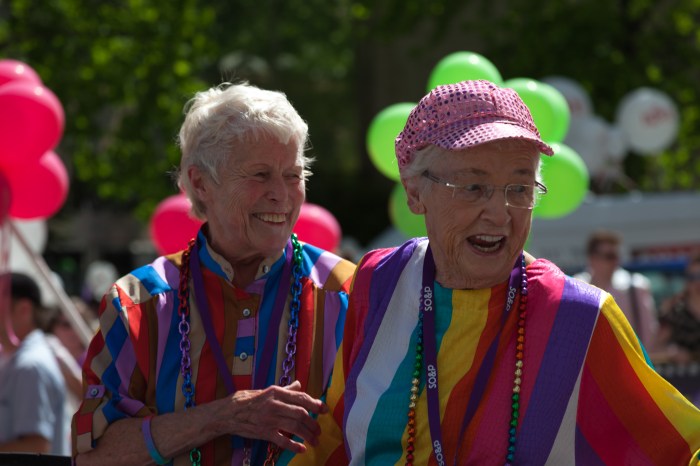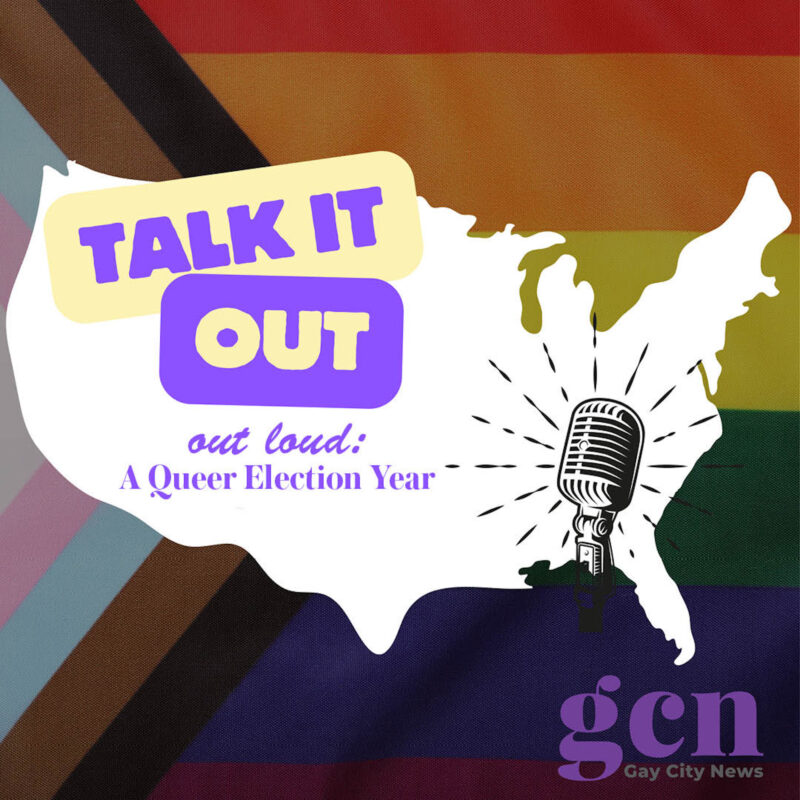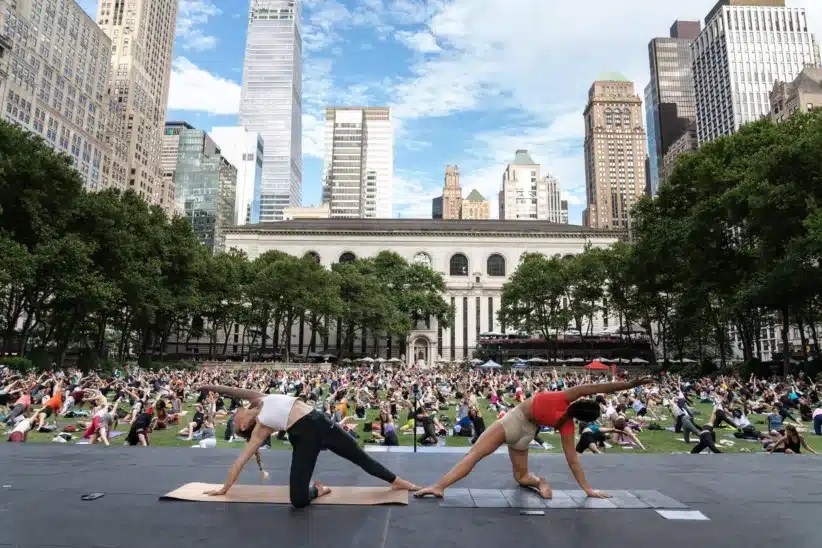I want to applaud Mayor Michael Bloomberg’s groundbreaking 2030 policy initiative that endeavors to make our city a sustainable environment for future generations. The recent announcement that David Rockefeller and the mayor will contribute $10 million to the MillionTreesNYC initiative - which will exponentially benefit our city’s public housing developments - is extraordinary and commendable. However, we must examine going further. We should also endeavor to see that every public building in New York City has a green roof and I believe that this environmental movement should begin with communities that have the most need.
In marking the celebration of Earth Day last month, I requested that the city administration consider creating a citywide green roofs grant program that will help to address high asthma rates. Specifically, small grants that would be awarded, through an application process managed by the city’s Department of Environmental Protection (DEP), to residential and small commercial building owners in low-income communities with high asthma rates.
According to the New York City Department of Health and Mental Hygiene (DOHMH), Southeast Queens has one of the highest asthma hospitalization rates in the city, as well as communities in Harlem, North Brooklyn and the South Bronx. The community of Jamaica, which I represent, has the highest rate of asthma hospitalization in Queens. We must begin to make addressing the asthma crisis in these communities a priority. Many of these communities suffer from environmental racism and are unfairly overburdened with transit depots and congested traffic pathways.
A similar green roof grants program has existed in Chicago, Illinois since 2005. Grants of up to $5,000 are made available by the Chicago Department of Environment to twenty applicants each year. The grant program is a small part of Chicago’s overall green roof initiative and since its implementation, over 300 buildings in Chicago have installed green roofs, including firehouses, banks and single-family homes, as well as businesses such as Target, McDonald’s and even Chicago’s City Hall. I believe it would be wise for our city to consider a similar initiative.
Research has shown that green roofs can serve many environmental functions. They absorb carbon dioxide from the atmosphere in exchange for life-giving oxygen, they cool the air and they retain storm water. That means that once installed, they immediately reduce the urban heat island effect, reduce energy costs and reduce storm water runoff. Green roofs also provide environmental services by creating new space for biodiversity to thrive, diminishing air and noise pollution, increasing roof longevity, and reducing allergens and asthma.
I believe that the Mayor’s 2030 environmental initiative should include subsidizing the creation of green roofs in these communities. Green roof installation is costly, so the benefits are not always sufficient or feasible to motivate property owners. Our local, state and federal governments need to provide incentives to accelerate the process. If only to create a cleaner, healthy environment for asthma sufferers across the city, in my opinion, a large-scale green roof initiative is critical.
Tuesday, May 6 will mark the 11th annual observation of World Asthma Day. In previous years, I have urged New Yorkers to commit to improving our city’s environment by asking homeowners to start a new garden and for apartment dwellers to buy a new plant. I have also urged owners of commercial and residential buildings to consider implanting green roofs on their properties.
As we strive towards improving asthma care around the city, it is my hope that the mayor’s new commitment to a sustainable environment will include funding for a new green roof initiative such as the one currently being implemented in Chicago. While I am mindful that we face challenging fiscal times, I also know that as the greatest city in the world, our executive and legislative branches can work together to find the resources to leverage public and private dollars to re-create a noble program such as this.
Our commitment to ensuring the future of our great city must not only focus on plans to alleviate pollution problems in the richest neighborhoods, but also protect the most vulnerable as well. The recent humanitarian announcement by the Mayor’s Fund To Advance NYC is just the kind of example our entire city should follow and I am hopeful that this proposal will merit consideration.”
Leroy Comrie is the Deputy Majority Leader of the New York City Council and represents the 27th Council District in Queens.




















